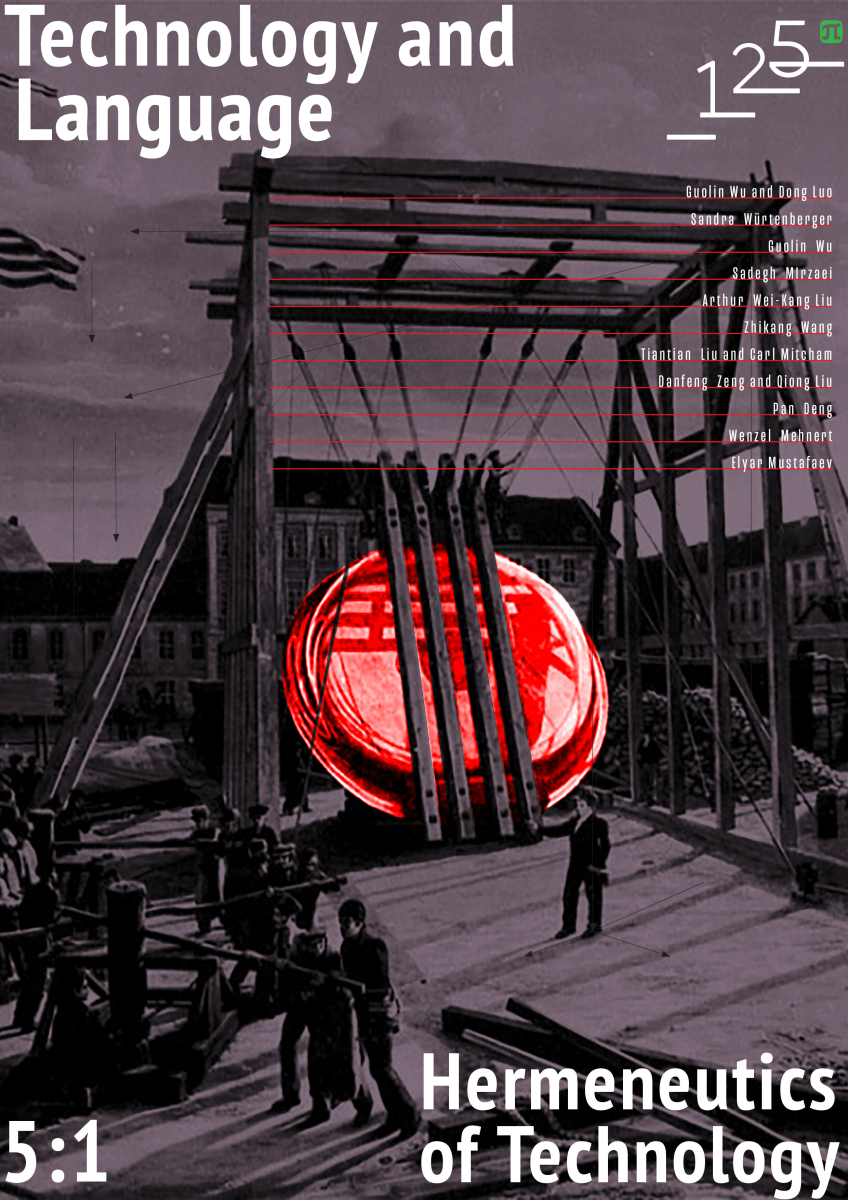Laser Method of Micro-Composite Materials Synthesis for New Sensor Platforms of an “Electronic Tongue”
The information on the chemical composition of biological food mixes cannot be adequately received and submitted by traditional chemical analysis methods. The Electronic Tongue technology, composed of non-selective sensors, offers a modern language of submitting information on the composition of mixes. Sensor data are mathematically processed and visualized in the form of spatial clusters on the plane of the component coordinates chosen. At the same time the materials used for the sensors play an important role, and the microstructure differences of the bimetallic tracks provide distinction of their electrocatalytic responses to the mix composition analyzed. Whereas each separate response is not informative, the cumulative signal forms a mathematical image of the system. The authors offer a new laser method of synthesis of sensor-active micro-composite materials, solid-state bimetallic solid solutions and two-phase ones. Their microstructure is investigated by the methods of the X-ray phase, and electronic and microscopic analyses. The measurements in electrochemical cells show the presence of electrocatalytic activity and selectivity of new materials in relation to the human blood components. The method used allows to “draw” using a laser beam on the dielectric substrate of the micro-composite structure of a necessary configuration. The authors offer, according to the principles of the functioning of the electronic tongue, a new family of an electrocatalytically active nanomaterial that will allow to create new types of sensor matrixes and to expand the electronic tongue scopes.



